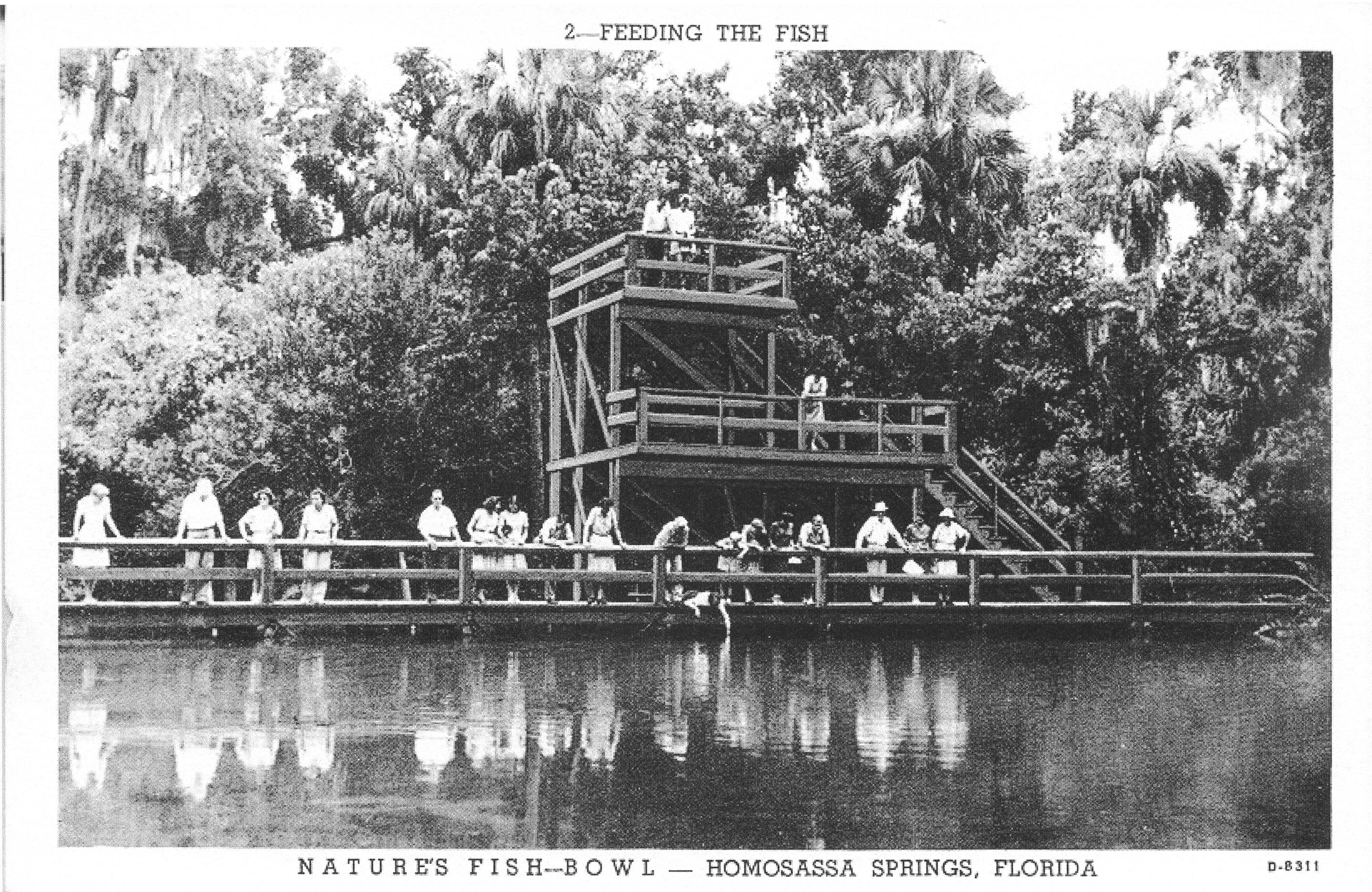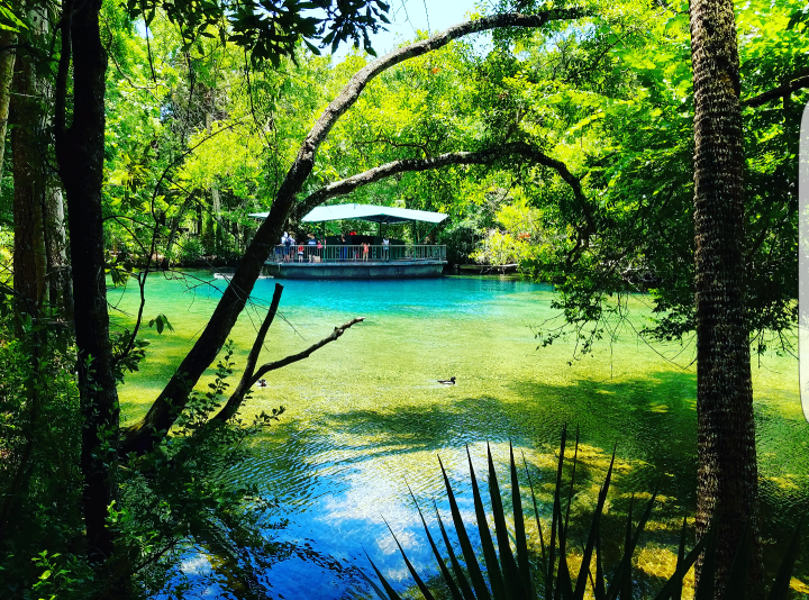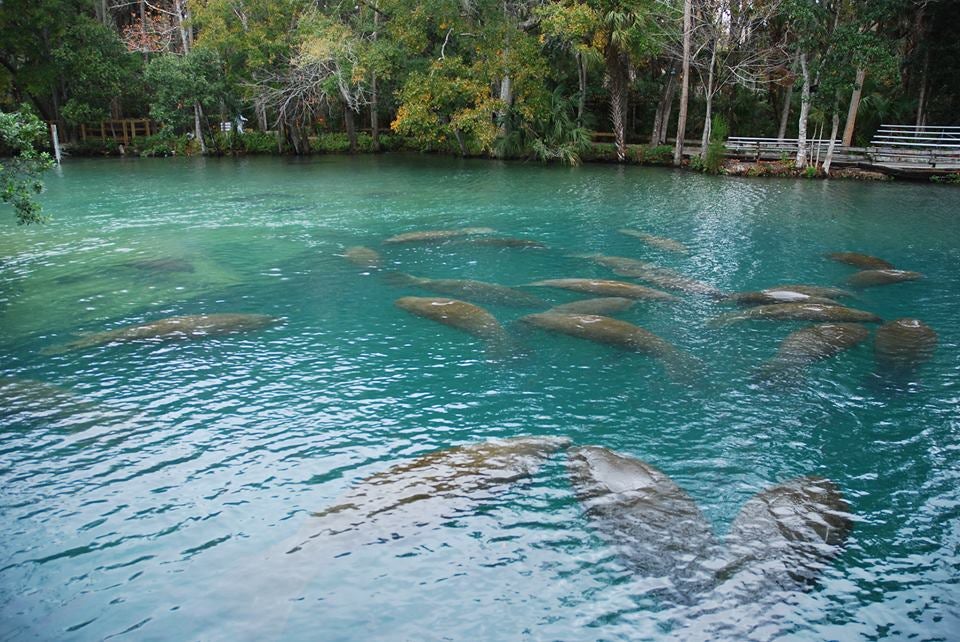Many communities are built around their most distinctive feature. The town of Homosassa Springs is not only built around but also named after its most impressive natural wonder. For thousands of years, the Homosassa main spring has lured humans and wildlife alike.
Florida’s earliest people camped near the spring’s banks while thousands of fish swirled through the steady flow of fresh water. Today, visitors from around the world come to those very spring banks to take in the same dazzling sight of water and wildlife found in this massive spring.

The Homosassa main spring is the largest in the Homosassa Springs Group, which includes nearly 30 springs. Collectively, this group discharges 65 million gallons of water daily, qualifying this group as a first-magnitude spring and one of the largest springs in Florida. The water boiling out of the 40-foot basin arrives here from the Homosassa springshed that covers 270 square miles across Citrus and Hernando counties. The above-ground activities by people in the springshed directly impact, either positively or negatively, the quality and quantity of water exiting the springs. These springs form the head of the Homosassa River, which calmly flows west for 8 miles before reaching the Gulf of America.

One of the unique features of the Homosassa headspring is that the main vent flows from three points underground with each vent having different salt content and water quality. The three sources blend together in the basin before exiting down the spring run and into the Homosassa River. Given this, the Homosassa Spring is filled with a variety of saltwater and freshwater fish species, but is perhaps best known for its historic value as a warm water haven for wintering West Indian manatees.

